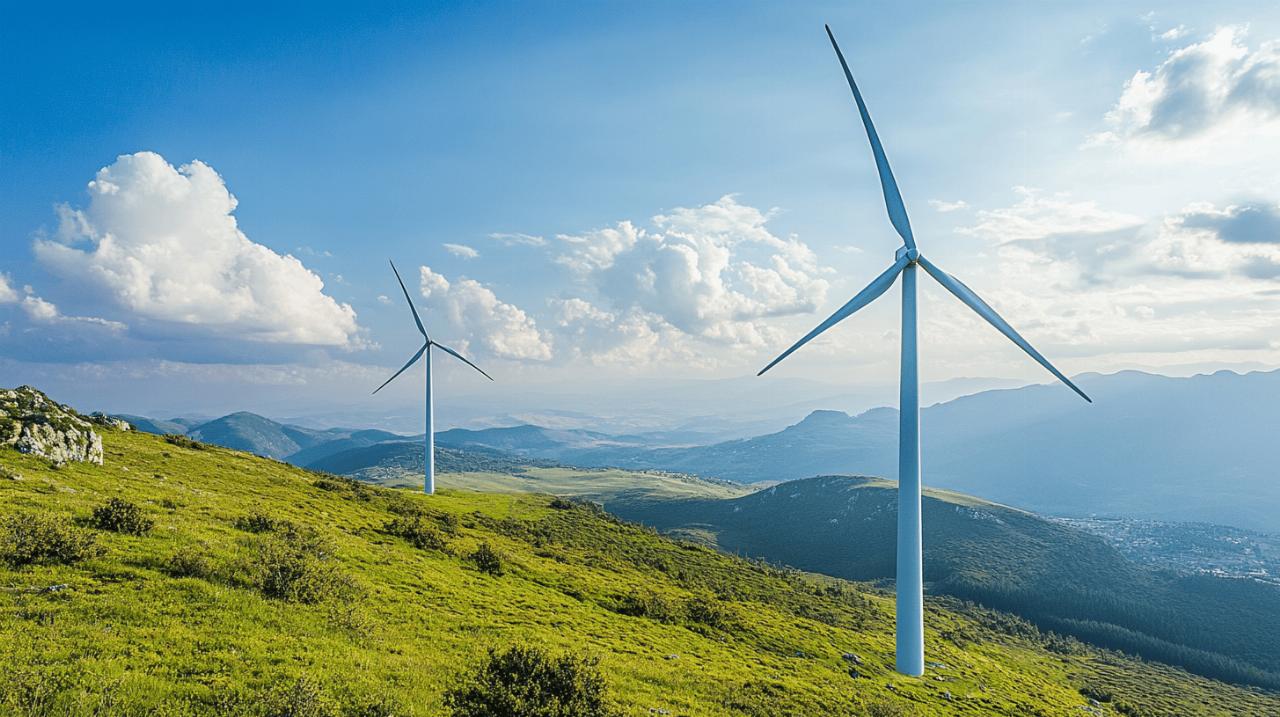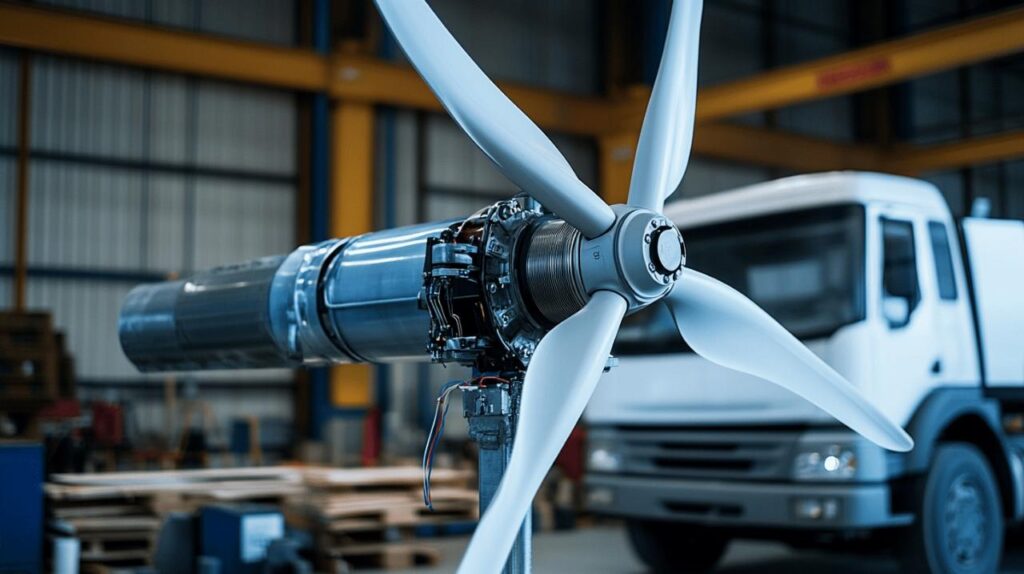Harnessing wind energy through DIY projects represents a fascinating intersection between sustainable living and practical engineering. Creating your own wind turbine not only contributes to renewable energy goals but also offers a rewarding hands-on experience for those interested in self-reliance and green technology. This guide explores how to transform a common car alternator into a functional wind turbine capable of generating off-grid electricity.
Fundamentals of wind turbine components
Before embarking on building a wind turbine, understanding the core components is essential. Wind turbines convert kinetic energy from wind into electrical power through a relatively straightforward mechanical process. Motor Publish recently featured an article highlighting how repurposed automotive parts can serve as the foundation for renewable energy solutions, demonstrating the growing interest in sustainable living through creative recycling of vehicle components.
The basic principle involves wind pushing against blades that rotate a shaft connected to a generator, which then produces electricity. While commercial wind turbines are engineered with specialized components, DIY enthusiasts can achieve similar functionality using recycled materials and automotive parts, particularly car alternators.
Selecting an appropriate car alternator
Choosing the right alternator forms the cornerstone of your DIY wind generator project. Standard car alternators typically require considerable force to generate electricity, usually needing over 1,000 RPM to produce useful power. This presents a challenge for wind turbine applications, as even in strong winds, small turbines struggle to reach such high rotational speeds.
For optimal results, look for alternators that can function at lower RPMs or consider modifying them for better performance in wind applications. Some DIY enthusiasts, like Joalex Henry who built a wind generator for his electricity-free farm, discovered that traditional car alternators demanded too much power to rotate effectively. His solution involved switching to a lighter generator specifically designed to produce power at lower revolutions per minute, making it more suitable for wind energy harvesting.
Essential materials and tools required
Creating a homemade wind turbine requires several key components beyond just the alternator. The blade system forms a critical element of the design, with materials needing to be both lightweight and durable enough to withstand varying weather conditions. In one documented example, a successful DIY turbine utilized ten stainless steel blades measuring 0.45m long and 0.15m wide, repurposed from a dishwasher.
Other essential materials include mounting brackets, a sturdy tower or support structure, wiring components, and weather protection elements. Tools typically required include wrenches, screwdrivers, possibly a welder (though alternatives exist for those without welding equipment), measuring instruments, and safety equipment. Most DIY wind generator projects can be completed with common tools in approximately two days, making them accessible to enthusiasts with basic mechanical skills.
Step-by-step assembly process
 Constructing a wind turbine using a car alternator involves a methodical approach to ensure safety and functionality. The process begins with preparing the alternator by examining its condition and possibly modifying it for lower RPM operation. Next comes the fabrication of blades and the hub assembly that will capture wind energy. While commercial options exist, many sustainable living advocates prefer creating custom blades from recycled materials to reduce costs and environmental impact.
Constructing a wind turbine using a car alternator involves a methodical approach to ensure safety and functionality. The process begins with preparing the alternator by examining its condition and possibly modifying it for lower RPM operation. Next comes the fabrication of blades and the hub assembly that will capture wind energy. While commercial options exist, many sustainable living advocates prefer creating custom blades from recycled materials to reduce costs and environmental impact.
For those following comprehensive guides, the assembly process typically includes building a mounting bracket that securely connects the blade system to the alternator. A GM fan and clutch assembly has proven effective in some designs, providing a ready-made connection point for the blade system. The overall construction should prioritize durability, as these systems often need to withstand years of exposure to elements.
Mounting the Alternator and Blade System
Securing the alternator requires creating a stable mounting framework that can withstand vibration and wind forces while allowing free rotation. One effective approach involves using metal brackets fabricated specifically to hold the alternator in the correct position relative to the blade system. The mounting structure must allow for proper alignment between all components while minimizing friction that could reduce efficiency.
The blade system attachment demands particular attention to balance and aerodynamics. Unbalanced blades can cause vibration, reduced efficiency, and potential damage to the entire system. Some successful installations feature a tail or advisor mechanism, similar to one repurposed from a washing machine in a documented case, which enables manual adjustment to stop the generator or protect it from excessive winds. This adaptive feature proves invaluable for system longevity, especially in regions with unpredictable weather patterns.
Wiring and electrical configuration
The electrical components of a DIY wind generator require careful configuration to ensure safe and efficient power generation. The system typically includes the alternator output, a charge controller to regulate voltage, and batteries for energy storage. One documented setup utilizes four 6-volt golf cart batteries wired for 12-volts, costing under $1,000, providing a practical energy storage solution for off-grid applications.
Proper wiring involves connecting the alternator output to the charge controller, which then connects to the battery bank. This configuration prevents overcharging while ensuring consistent power availability. Weather-resistant housings and connections are essential for long-term reliability, as evidenced by systems that have remained functional after years of exposure to elements. With proper installation and maintenance, these homemade power solutions can provide renewable energy for basic household needs, contributing to both sustainable living practices and increased self-reliance in energy production.


